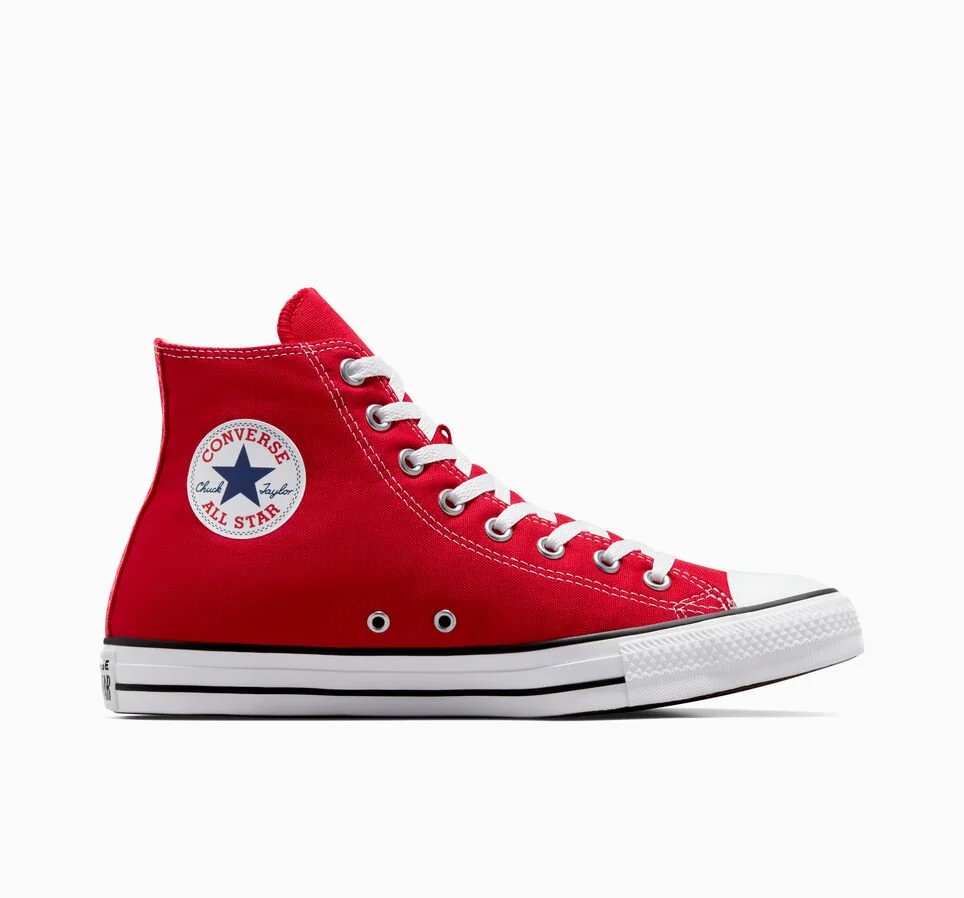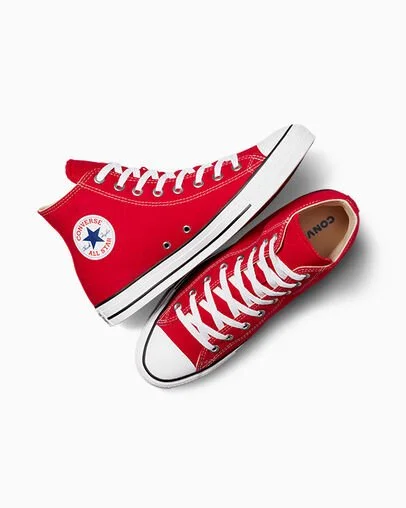
SHOE MODEL
FIRST STEPS
When ideating for this project, I had a clear goal in mind: to create an accurate digital sneaker model that would capture the intricate details and textures found in footwear design. This ambitious project provided me with a opportunity to explore the complexities of 3D modeling and texture design, allowing me to master techniques like UV mapping, material creation, and surface detailing that are essential for realistic product visualization. Through the development process, I was able to significantly enhance my motion design capabilities in Blender, learning to create fluid animations that showcase the sneaker from multiple angles while highlighting its key design features and materials.
During the form development process, I had to carefully consider how textures would interact with the overall shape of the sneaker. The importance of stitching, in particular, emerged as a crucial design element that I initially overlooked. After completing the initial model, I noticed something was missing from the design's authenticity, and upon closer inspection, I realized how significantly the stitching details contributed to defining and enhancing the sneaker's overall form.
THE BASE
INSPARATION
While creating the form of my shoe, I had to work from references showing multiple angles - a new challenge in my design process. The Converse Chuck Taylor served as a key source of inspiration for my design. I chose this iconic sneaker as a reference point because it embodies many of the timeless shoe design elements I wanted to represent .
The most challenging aspect of this project was creating functional animation for the shoe, which I accomplished by implementing an armature system that simulated how a foot would naturally move within the sneaker. I developed this rigging technique to ensure realistic deformation and movement throughout the animation sequence. In my final animation, I deliberately chose to emphasize more exaggerated movements, as this artistic decision allowed me to better showcase the design features and creative choices I made throughout the development process.





